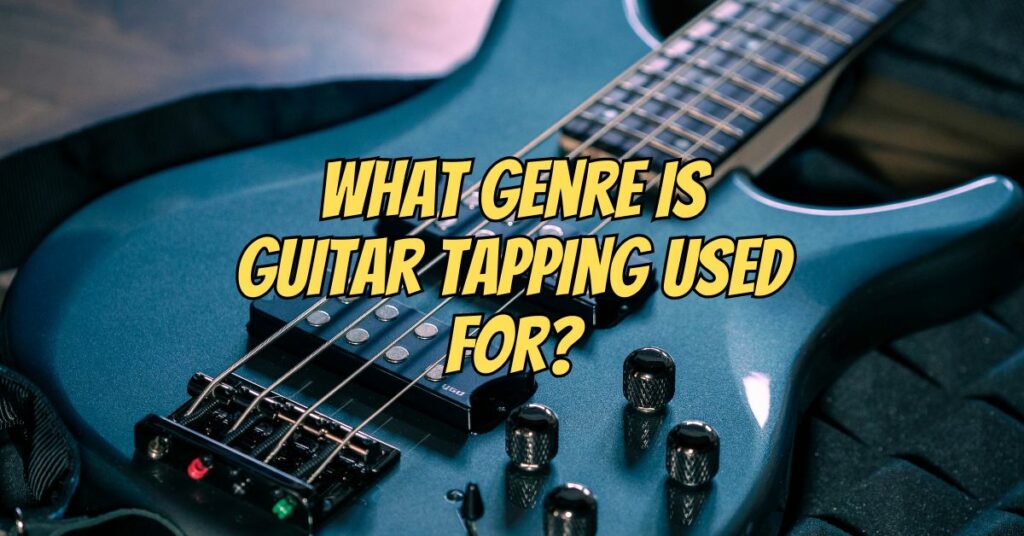Guitar tapping, a technique where the guitarist uses their fingers to tap the fretboard in addition to traditional fretting and picking, is a versatile and captivating technique that transcends genre boundaries. While it gained popularity in rock and metal music, it has since found its way into a wide range of musical styles. In this article, we’ll explore the genres in which guitar tapping is commonly used and how it contributes to each.
1. Rock and Metal:
Guitar tapping is most commonly associated with rock and metal genres. Pioneered by guitar virtuosos like Eddie Van Halen, Steve Vai, and Joe Satriani, tapping has become a defining element of these genres. It is often used to create lightning-fast solos, intricate arpeggios, and dazzling effects. Tapping is a hallmark of the “shredding” style, characterized by high-speed, technically demanding guitar playing.
2. Progressive Rock and Metal:
Progressive rock and metal subgenres, such as progressive metal, djent, and math rock, have embraced guitar tapping as an essential technique. Bands like Dream Theater, Animals as Leaders, and Periphery use tapping to create complex and rhythmically challenging compositions. Tapping in progressive music often serves as a means to achieve polyrhythmic and polymetric effects.
3. Fusion and Jazz:
While not as common as in rock and metal, tapping has found its place in fusion and jazz genres. Jazz fusion guitarists like Allan Holdsworth and Stanley Jordan have incorporated tapping into their playing to achieve unique harmonic and melodic possibilities. Tapping is used for chordal voicings, extended scales, and unconventional harmonies in these genres.
4. Fingerstyle Acoustic Guitar:
In fingerstyle acoustic guitar, tapping is employed to create percussive rhythms, harmonics, and melodies simultaneously. Musicians like Andy McKee and Michael Hedges have pushed the boundaries of fingerstyle guitar with tapping techniques, resulting in mesmerizing compositions that blend melody, rhythm, and percussion.
5. Flamenco:
Flamenco guitarists occasionally incorporate tapping, known as “picado,” into their traditional playing style. While not as prevalent as other techniques in flamenco, tapping adds a modern twist to this traditional genre, creating a fusion of old and new sounds.
6. Experimental and Avant-Garde:
Experimental and avant-garde music often embraces unconventional techniques, and guitar tapping is no exception. Artists like Sonic Youth’s Thurston Moore and avant-garde composer Fred Frith have utilized tapping to create dissonant and innovative sonic landscapes.
7. Pop and Alternative:
Even in pop and alternative music, guitar tapping can make appearances. Artists like Tash Sultana and St. Vincent incorporate tapping into their songs to add unexpected textures and moments of virtuosity.
8. Cross-Genre Fusion:
In today’s diverse musical landscape, many artists experiment with genre fusion. They may blend elements of rock, jazz, electronic music, and more, using guitar tapping as a bridge between these styles. This approach allows for creative and genre-defying compositions.
In summary, while guitar tapping may have originated in rock and metal, it has evolved into a technique with widespread applicability across various musical genres. Its versatility and ability to produce unique sounds make it a valuable tool for guitarists looking to expand their creative horizons. Whether you’re shredding in a metal band, crafting intricate jazz compositions, or exploring the boundaries of experimental music, guitar tapping can find a place in your musical expression.


